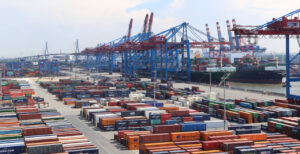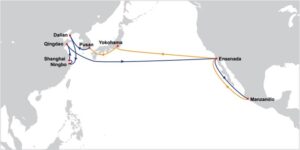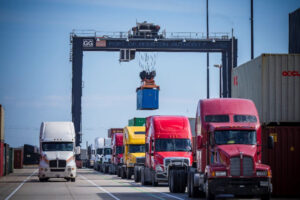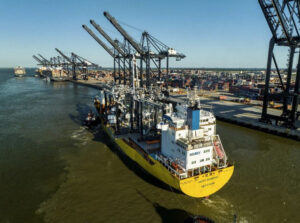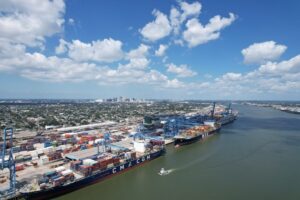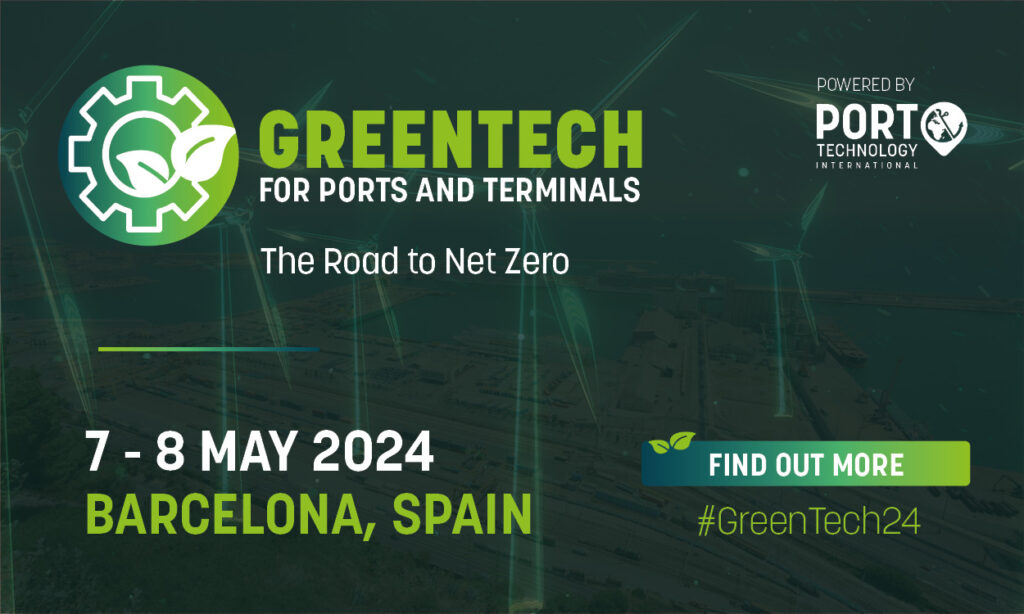Mitsui O.S.K. Lines (MOL) has announced it will initiate a demonstration test for a smart mooring rope fitted with a built-in sensor and rope status monitoring system.
Working in partnership with MOL Coastal Shipping, the project focuses on mooring ropes that connect vessels to piers and other port facilities.
In many cases, mooring ropes break because crewmembers do not take effective measures against external forces created by adverse weather and sea conditions, while visual inspections are not always able to identify ropes that are either damaged or deteriorating.
Laurence Jones, of TT Club, discusses the heightened risk of ship berthing incidents in a recent Port Technology technical paper
If the mooring ropes break, there is a risk of serious accidents that could cause costly damage to port facilities and place workers in danger.
As a result, MOL, Teijin Limited, and Tesac Corporation have collaborated to develop an advanced mooring rope which enables crewmembers to determine the tension and strength of ropes more accurately.
The planned demonstration will be conducted with MOL Coastal Shipping’s dry bulk ship ‘Cedros’, which is set to be equipped with the new ropes and monitoring system.
AutoMoor works by using vacuum technology to rapidly attach and secure a vessel at berth, limiting vessel motions… @TrelleborgGroup #PTIDaily #Mooring #Berthing #SmartTechhttps://t.co/L3jCDGzZhh
— Port Technology (PTI) (@PortTechnology) March 8, 2019
Following the test, MOL expects to implement the solution across its fleet, improving the safety of cargo handling operations on board and at the port.
In addition to this, MOL plans to leverage its experience with this technology to develop a more advanced mooring system, further boosting the effectiveness and safety of its shipping operations.
A statement from MOL also read: “MOL will draw upon the knowledge and expertise gained through the development process for various ship types, while taking a proactive stance in adopting the Internet of Things (IoT) to enhance safe operation and reduce vessels' environmental impact.”



